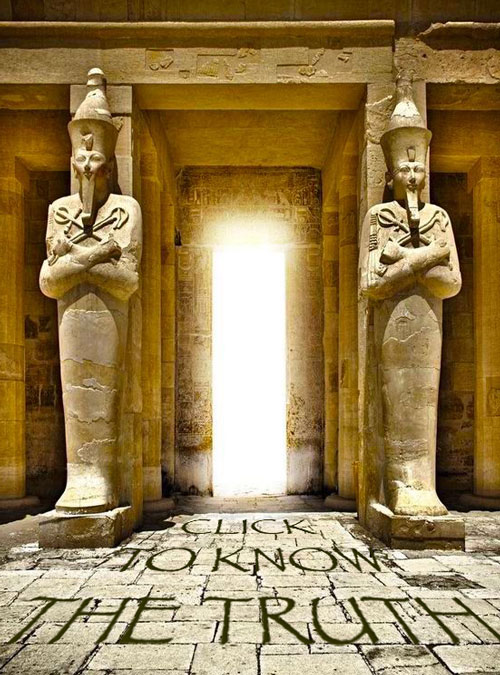A Clever Retort
When we define the word retort, we think of a quick, caustic or witty reply.

In other words, it’s a remark which reverses an argument upon its originator. It comes from the Latin retortus, meaning “to be forced to twist back”. All arguments aside, the word retort is also used in chemistry as a closed laboratory vessel with an outlet tube that is used for distillation, sublimation or decomposition by heat.
Alchemy is the process of distilling gold from mercury. Before we can do this however, we must first amalgamate it. Amalgamation has been used for thousands of years to bring free gold particles into contact with mercury. When this happens the two substances mix to form a compound called an amalgam—an alloy of gold and mercury. To be clear, the gold is literally dissolved into the mercury allowing for the collection of gold particles.

“Clean” mercury can mean different things. Most commonly it means that it is pure enough that any gold touching it will be amalgamated. Today, there are a number of ways to clean mercury and the easiest is to squeeze it through a wet chamois. Clean mercury will pass through the cloth and come out as tiny droplets. This process will filter out any oil that contaminated the mercury.
So by “twisting” this process back on itself, the amalgamated metals can be removed from mercury. Indeed, with a bit of planning and welding, a modern retort can be made of simple pipe. The distillation is performed at low temperature and then heat applied gradually, until 815ºC is reached. Once this is achieved, it usually takes two hours to retort the amalgam.
There are a variety of methods used to cool the mercury vapours coming out of the retort. There are also two types of mercury retorts: vented and non-vented. The non-vented type is simply a boiling vessel and a cooling tube from which the mercury drips into a catch vessel.

The vented retort is made specifically to prevent this problem. In this design, near the exit end of the retort, there is a very small tube which extends upwards a few inches. The purpose of this tube is to allow you to immerse the exit end of the retort in water. If your heat source should fail and the temperature in the “hot vessel” drop, air will be sucked in through the small tube instead of water through the exit. In any case, if mercury is retorted then for all practical purposes it is pure. Any amalgamated metals such as gold will be left behind in the retort.
Retorts are operated under a slightly negative pressure and mercury vapour is usually exhausted into a water condensation system. The vapour is cooled rapidly to below the boiling point and the liquid mercury is collected under water to avoid re-evaporation. The mercury produce has small quantities of gold, silver and other metals but is usually of sufficient purity to be reused for amalgamation. Mercury losses vary between 0.2-0.4% for each distillation cycle.

If The Philosopher’s Stone “turns base metals into gold,” then what it refers to is distilling the amalgamated metals from mercury and leaving only the gold behind. The Great Pyramid of Giza then, was used as a vented mercury retort not for precious metals—but for human beings instead. Today we call this temple a dark retreat that was used to strip away the “dross” and leave only the “gold” behind.
The Egyptian word for pyramid, mer, meant “light”. This translation suggests that the pyramidal shape itself was designed to amplify spiritual light. “In God We Trust” then, has an esoteric meaning when we consider the synthesis of sound and light: a scalar wave.

Alchemy is really the secret tradition of the redemption of spirit from matter.
—Terence McKenna
